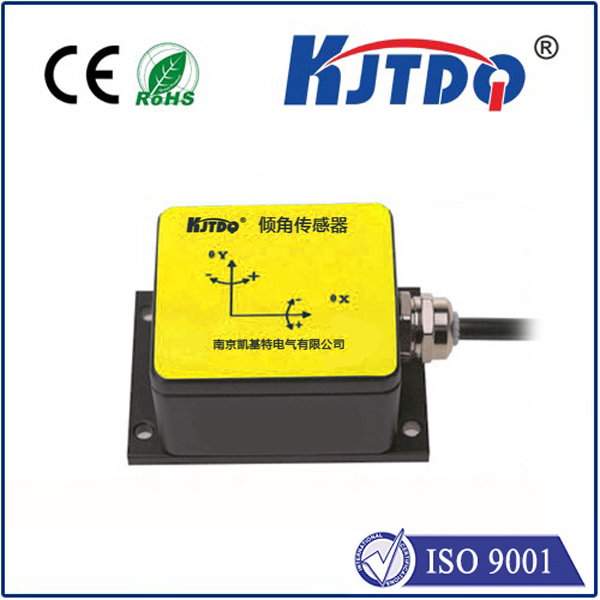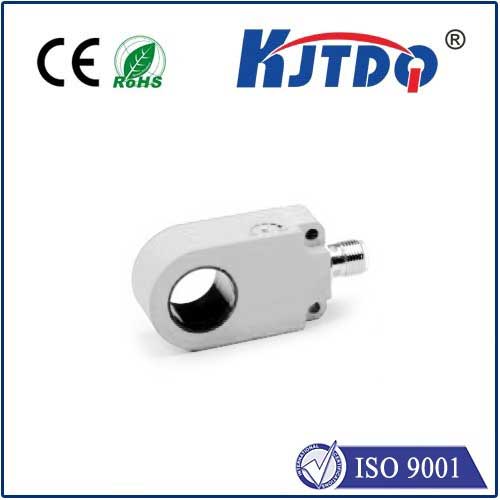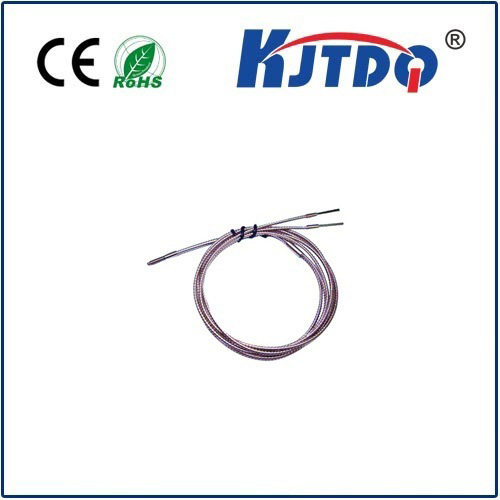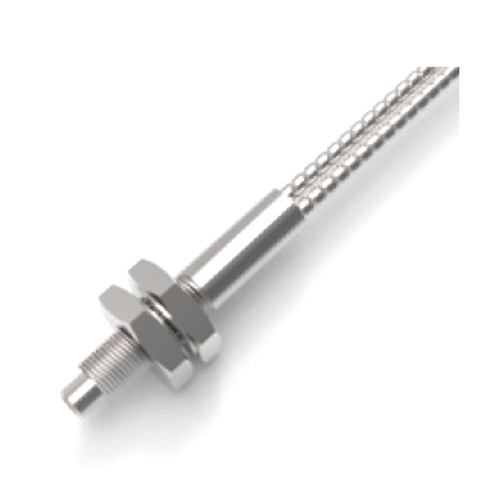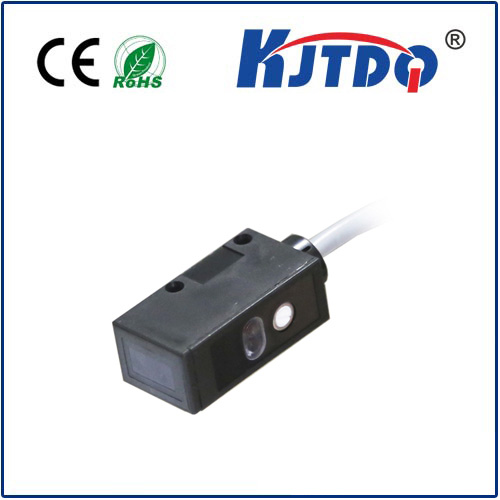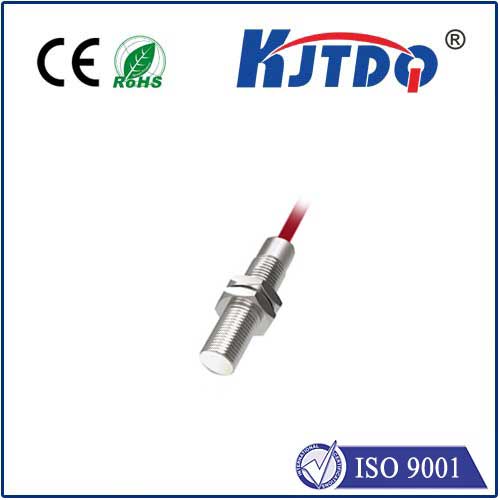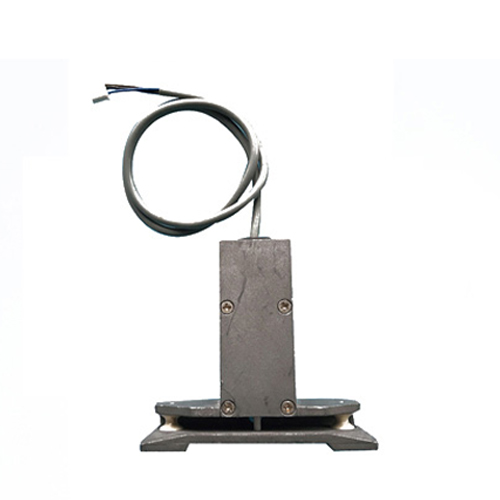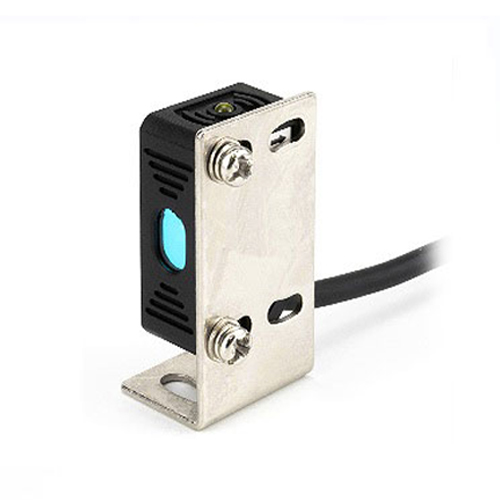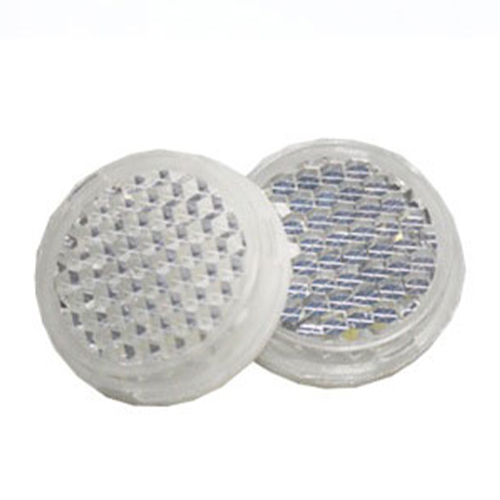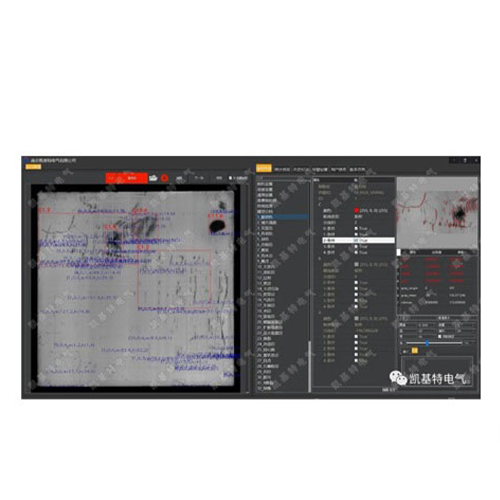sensor proximity inductive
- time:2025-06-25 00:20:32
- Click:0
Inductive Proximity Sensors: The Unsung Heroes of Automated Metal Detection
Imagine a factory humming with robotic arms, assembly lines flying by, and intricate machinery operating flawlessly. One unseen element making this precision possible? Countless silent sentinels embedded within the machinery, reliably detecting the presence or absence of metal parts without ever touching them. These are inductive proximity sensors, fundamental components powering modern industrial automation. Moving beyond basic switches, they offer a robust, non-contact solution perfect for harsh environments where physical contact is impossible or undesirable.
Understanding the Core Principle: It’s All About Electromagnetism
At the heart of every inductive proximity sensor lies a fascinating application of physics: electromagnetic induction. Faraday’s Law tells us that a changing magnetic field induces an electrical current in a nearby conductor. This sensor leverages that principle brilliantly.
Here’s how it works:

- Generating the Field: Inside the sensor’s active face (the sensing surface), an oscillator circuit generates a high-frequency electromagnetic field.
- Interaction with Metal: When a ferrous metal (iron, steel) or non-ferrous metal (aluminum, copper, brass) target enters this field, eddy currents are induced within the metal itself.
- Energy Drain Detection: These eddy currents act like tiny energy thieves, drawing power away from the sensor’s internal oscillator circuit. For ferrous metals, there’s an additional effect: the metal also causes losses in the magnetic circuit itself.
- Signal Change & Output: The sensor continuously monitors the energy level of its oscillator. The draining effect caused by the target leads to a measurable change in the oscillator’s amplitude (or sometimes frequency).
- The Switch: An electronic circuit detects this change. Once the target moves sufficiently close (within the specified sensing range or switching distance), the circuit triggers, changing the sensor’s output state. Typically, this is a solid-state switch (like an NPN or PNP transistor) opening or closing, signaling the presence of the object.
Key Characteristics and Advantages: Why Choose Inductive?
- Non-Contact Operation: The single biggest advantage. No physical touching means zero wear on either the sensor or the target, leading to significantly longer service life, especially in high-speed applications like counting bottles on a conveyor or detecting gear teeth.
- High Reliability & Long Life: With no moving parts subject to mechanical wear and a robust construction (usually housed in sturdy materials like nickel-plated brass or stainless steel), inductive proximity sensors are incredibly dependable. They shrug off millions of operating cycles.
- High Switching Frequency: Capable of handling rapid object detection, often 1000 Hz or more. This makes them ideal for high-speed counting or position verification tasks.
- Resilient in Harsh Environments: Impervious to dirt, dust, oil, grease, and most liquids (many have IP67 or IP68 ratings). Unlike optical sensors, they aren’t fooled by opaque fluids or airborne contaminants common in foundries or machining centers. Environmental robustness is a hallmark.
- Simple Integration: Typically offering straightforward DC voltage outputs (sinking or sourcing), they integrate easily into PLCs (Programmable Logic Controllers) and other control systems. Wiring is usually simple: power, ground, and signal output.
- Cost-Effective: Generally inexpensive compared to many other specialized sensing technologies, delivering excellent value.
Understanding the Specifications: Reading the Datasheet
To select the right inductive proximity sensor, knowing the key specs is crucial:
- Sensing Distance (Sn): The nominal distance at which the sensor reliably detects a standard target (usually a 1mm thick square steel plate). Crucially, this distance depends on the target material’s properties (size, shape, material type).
- Real Sensing Distance (Sr): The actual operating distance under specified conditions, considering temperature and supply voltage tolerances (typically 90% of Sn).
- Target Material: Ferrous metals (like steel) are detected at the rated
Sn. Non-ferrous metals (like aluminum or copper) have a reduced sensing range, often 30-60% of Sn. Plastics or other non-metals are generally not detected.
- Hysteresis: The difference between the switch-on point (as the target approaches) and the switch-off point (as it moves away). This prevents output chattering if the target hovers near the sensing point.
- Output Type: Commonly PNP (sourcing) or NPN (sinking) transistor outputs. Some sensors offer analog outputs (current or voltage proportional to distance) or specialized configurations like IO-Link for enhanced diagnostics and parameterization.
- Operating Voltage: The DC voltage range the sensor requires (e.g., 10-30V DC).
- Switching Frequency: How rapidly the sensor can toggle its output state (measured in Hz).
- Protection Rating (IP Code): Indicates resistance to solids and liquids (e.g., IP67 = dust-tight and protected against temporary immersion).
Dominant Applications: Where Inductive Sensors Thrive
The non-contact metal detection capability of inductive sensors makes them ubiquitous across numerous sectors:
- Manufacturing & Assembly: Position sensing (end-of-stroke, limit switches), object counting (screw heads, cans, parts), presence/absence detection (is the part in the fixture?), breakage detection (missing tool bits), and verifying the closure of metal guards.
- Automotive: Verifying component presence on assembly lines, controlling robotic arms, detecting gear teeth position, monitoring fluid levels via metal float detectors.
- Material Handling & Packaging: Detecting metal components on conveyors, controlling sorting gates, confirming pallet presence, triggering filling operations when containers are positioned.
- Machine Tools: Tool breakage detection, monitoring tool changer position, workpiece clamping verification.
- Food & Beverage: Detecting metal lids, caps, cans, or foil seals reliably despite washdown environments (using specific food-grade models).
Choosing the Right Sensor: Key Considerations
Making an optimal selection involves evaluating several factors:
- Required Sensing Distance: Choose a sensor with an
Sn comfortably exceeding your operational distance requirements. Remember the material impact!
- Target Material: Ferrous, non-ferrous, or both? This dictates both the required sensor type (standard inductive handles both, but range varies) and the expected sensing distance.
- Mounting Constraints: Available space dictates sensor size and shape (cylindrical barrel, rectangular block, ring-shaped). Factor in flush or non-flush mounting and the necessary mounting hardware.
- Electrical Requirements: Match the output type (PNP/NPN) and voltage range to your control system. Consider current consumption.
- Environmental Conditions: Temperature extremes, exposure to chemicals, oils, coolants, or intense washdowns? Select the appropriate housing material (stainless steel is king for harshness) and IP rating. Environmental resilience is non-negotiable in many industrial settings.
- Performance Needs: Required switching speed? Need analog output for distance measurement? Require diagnostic feedback (IO-Link)?
From the intricate world of high-speed CNC machining to the demanding conditions of bottling plants, inductive proximity sensors perform critical detection tasks with unwavering reliability. Their non-contact operation is fundamental to preventing wear, while their **robust construction












